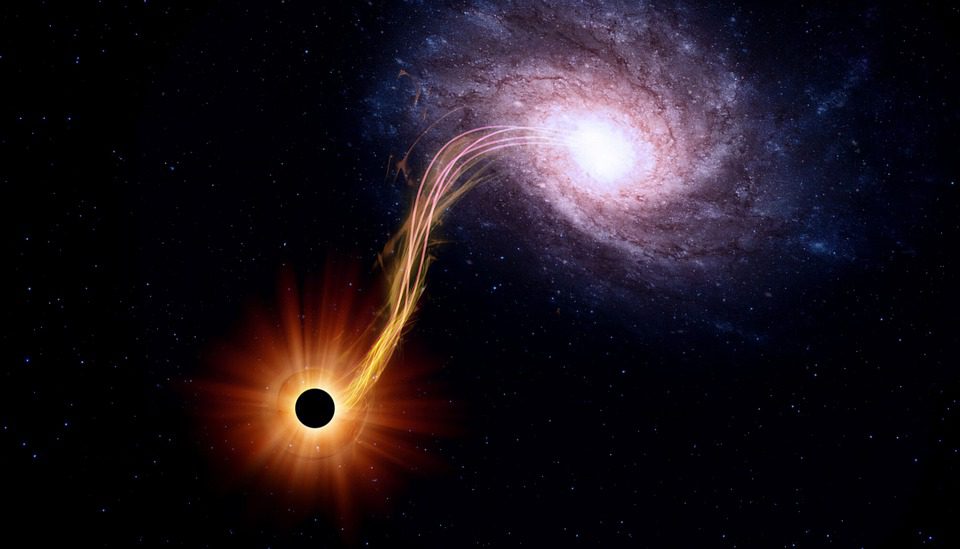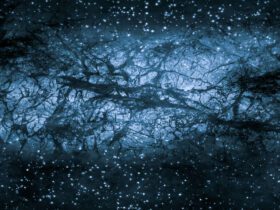Because we can’t detect black holes, we don’t know how many there are in the vast Universe. But it doesn’t imply we don’t have any options for figuring it out.
Stellar-mass black holes are the crumpled cores of dead big stars. A new study into how these stars and binaries arise and evolve has resulted in a revised estimate of the Universe’s stellar-mass black hole population.
The figure is mind-boggling: 40 quintillion, or 40,000,000,000,000,000,000 black holes, accounting for nearly 1% of all normal stuff in the visible Universe.
Alex Sicilia, astrophysicist of the International School of Advanced Studies (SISSA) in Italy, explains:
“The innovative character of this work is in the coupling of a detailed model of stellar and binary evolution with advanced recipes for star formation and metal enrichment in individual galaxies. This is one of the first and one of the most robust, ab initio computation[s] of the stellar black hole mass function across cosmic history.”
Black holes are a giant question mark – or rather, a lot of question marks – hovering over our knowledge of the Universe.
However, if we have a solid understanding of how many black holes there are out there, we may answer some of those concerns.
Estimating the history of big stars in the Universe is one method.
Therefore, we’d be able to determine how many black holes should exist in every given region of space.

Supermassive Black Holes – The Centers of Galaxies
This understanding may provide insights into the formation and development of supermassive black holes millions or billions of times the mass of the Sun, which form the centers of galaxies.
Sicilia and his colleagues used a computer-aided technique.
They only included black holes formed through the development of single or binary stars and the function of black hole mergers, the numbers of which can be approximated using gravitational wave data and which generate black holes with somewhat greater masses.
This enabled them to compute the birthrate of stellar-mass black holes with masses ranging from five to 160 times that of the Sun during the course of the Universe.
According to this birthrate, there should be around 40 quintillion stellar-mass black holes dispersed across the visible Universe today, with the most massive stellar-mass black holes formed via binary black hole mergers in star clusters.
When the researchers compared their findings to the gravitational wave data, they discovered that their estimate of the rate of black hole mergers perfectly matched the observational data.
This means that the black hole crashes we’ve witnessed are most likely the result of star cluster mergers.
The researchers estimated the number of stellar-mass black holes in the early Universe by estimating the birthrate through time.
This is particularly important since investigations of the distant Universe have found supermassive black holes at an astonishingly early period after the Big Bang.
How These Giants Became So Big so Fast?
Some contemporary issues revolve around the mass of the black hole ‘seeds’ from which they evolved — whether light stellar-mass black holes or ‘heavy’ intermediate-mass black holes.
The team’s study will serve as a foundation for further investigation into these issues.
This is the first of a series of publications that will explore intermediate-mass black holes and supermassive black holes to provide a more comprehensive picture of the spread of black holes across the Universe.
SISSA astronomer Lumen Boco said that the current study gives a solid explanation for the formation of ‘light seeds’ for (super)massive black holes at high redshift and may serve as a starting point for investigating the genesis of ‘heavy seeds,’ which we will explore in a future article.
The team’s findings were reported in The Astrophysical Journal.












Leave a Reply